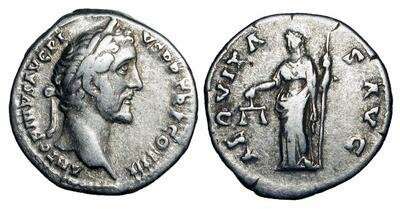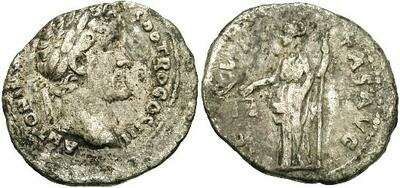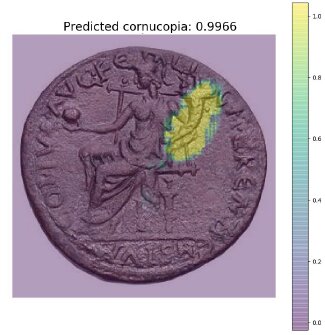
PREV ARTICLE
NEXT ARTICLE
FULL ISSUE
PREV FULL ISSUE
COMPUTER UNDERSTANDING OF ANCIENT COIN IMAGESThis article describes research at St. Andrews into computer understanding of coin images. -Editor
"My research in this field was a product of bringing two passions together: my ongoing interest in ancient coins (I have a large collection myself) and the state of the art in AI," Ognjen Arandjelovic, one of the researchers who carried out the study, told TechXplore. "In 2010, I wrote a paper on the topic and to my surprise, as this is typically a niche interest, it attracted a lot of attention." Most previous studies have tried to better understand ancient coins using generic object recognition techniques. Arandjelovic's knowledge and understanding of ancient numismatics, however, led him to believe that these approaches are far from optimal and encouraged him to develop alternative methods. Over the past decade or so, he has published a series of papers that deviate from the aforementioned pattern. Most existing state-of-the-art methods for the analysis of ancient coins have been found to perform rather poorly. In their study, Arandjelovic and his colleague Jessica Cooper set out to develop a more effective approach, which can describe a coin like a human would to another human. "The work with Jessica came from my realization that the field has been taking a very wrong angle of trying to determine whether two coins are the same," Arandjelovic explained. "The reason for this stems from the fact that few ancient coin types (relative to the tens of thousands minted during the five centuries of Roman Empire) which has been imaged is rather small, making the approach of little practical importance. Jessica and I thus thought that it would have been much better if the computer could describe the coin, much as a human would to another human." 

 Three very different specimens of the same coin type "I'm broadly interested in algorithms that mimic the way humans approach tasks," Cooper told TechXplore" When an expert describes an ancient coin, she identifies artistically depicted concepts in the same way that our system does - by recognising shapes in the image. She is also capable of pointing to the elements she is describing: 'there is a cornucopia', 'there is a shield' etc. Our system also does this." In-depth descriptions are a crucial part of numismatics literature, thus uncovering detailed information about coins using machine learning techniques could prove to be very useful. Coin descriptions are currently written by human experts, which can be quite time consuming. The new method developed by Arandjelovic and Cooper could help to speed up the analysis of ancient coins, automating a significant part of it. The researchers evaluated their method on the largest existing dataset of ancient coins, which includes coin images extracted from 100,000 auction lots. Their tests yielded highly promising results, with their algorithm making correct associations and accurately identifying semantic patterns in ancient coins. "We have several plans for future research," Arandjelovic said. "Firstly, we plan to directly continue this research, as we would like to have a system that quite literally describes an image of a coin, using full, proper sentences, just like those that you would see describing coins when they are sold at auctions. We would also like to develop methods that monitor online auction sites to detect stolen coins or fake coins." This sounds like a very promising avenue of research. It's a big, complicated problem. I wouldn't expect practical applications anytime soon, but I'm glad to see people working in this area. -Editor To read the complete article, see:

Wayne Homren, Editor The Numismatic Bibliomania Society is a non-profit organization promoting numismatic literature. See our web site at coinbooks.org. To submit items for publication in The E-Sylum, write to the Editor at this address: whomren@gmail.com To subscribe go to: https://my.binhost.com/lists/listinfo/esylum All Rights Reserved. NBS Home Page Contact the NBS webmaster 
|
